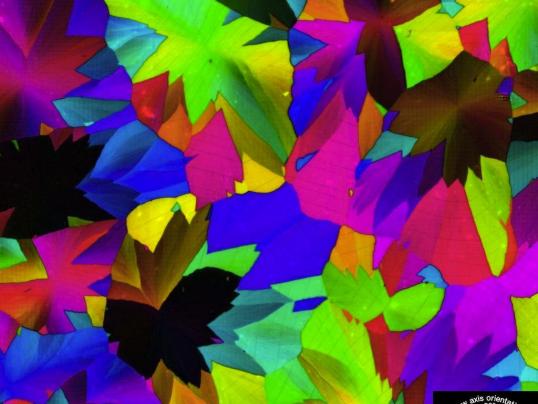Primary tabs

Researchers Study Grapevine Microbiota
Friday, March 27, 2015
When we drive past sunny fields of grapes, we might think we’re seeing how they’re doing—but much more is going on invisible to the human eye: vines and roots teeming with bacteria, viruses and fungi that all impact how those grapes will grow.

Not Just for Starlight Anymore
Monday, March 2, 2015
A planetarium is a multipurpose, high-resolution visualization facility--and it’s not limited to astronomy.

Getting Light to Give Up its Secrets
Wednesday, February 18, 2015
Humans don’t often think about the polarization of light, maybe because our eyes aren’t set up to detect it. But ignoring polarization would be a mistake

How Hydrated Excess Protons Make Their Escape
Wednesday, January 14, 2015
New computational chemistry research finds that protons can actually create their own “water wire” to leap from water molecule to water molecule.

Paper and Glue, Pixels and Ink
Friday, December 19, 2014
The scientific paper of the future isn't paper at all.